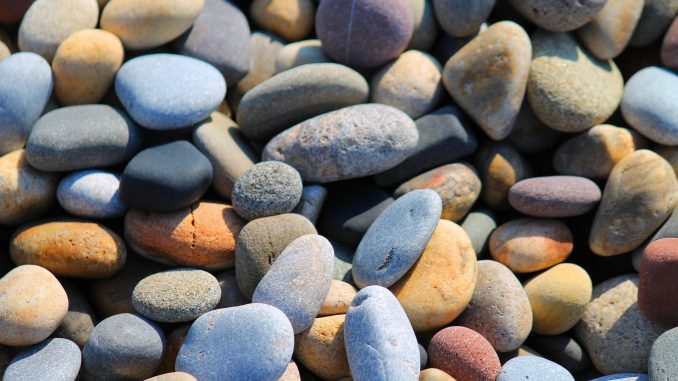
A rock is a naturally formed, non-living earth material. Rocks are made of collections of mineral grains that are held together in a firm, solid mass. They are classified into three major group.
- Igneous Rocks
- Sedimentary Rocks
- Metamorphic Rocks
Igneous Rocks– Igneous rock derived from the Latin word igneus, meaning of fire. Igneous rocks form from cooling magma. About 64.7% of the Earth’s crust by volume consist of igneous rocks. Granite, gaabbro, pegmetite, basalt, volcanic breccia and tuff are some examples of Igneous Rocks.
Sedimentary Rocks– Sedimentary rocks form by the compaction and cementing together sediments, broken pieces of rock-like gravel, sand, silt, or clay. Sandstone, conglomerate, limestone, shale, geyserite, chalk, limestone, coal are some example of Sedimentary Rocks.
| Sedimentary Rocks | Metamorphic Rock |
|---|---|
| Limestone | Marble |
| Sandstone | Quartzite |
| Shale/ Clay | Slate, Phyllite, Schist |
| Coal | Diamond |
Metamorphic Rocks– Metamorphic rocks form when the minerals in an existing rock are changed by heat or pressure within the Earth. Gnessoid, granite, syenite, slate, schist, marble, quartzite are some example of Metamorphic Rocks.
| Type of Rock | Original Rock | Metamorphic Rock |
|---|---|---|
| Igneous | Granite | Gneiss |
| Igneous | Basalt | Homblend |
| Sedimentary | Limestone | Marble |
| Sedimentary | Coal | Graphite Coal |
| Sedimentary | Sandstone | Quartzite |
| Sedimentary | Shale/ Clay | Slate, Mica-schist |
Leave a Reply